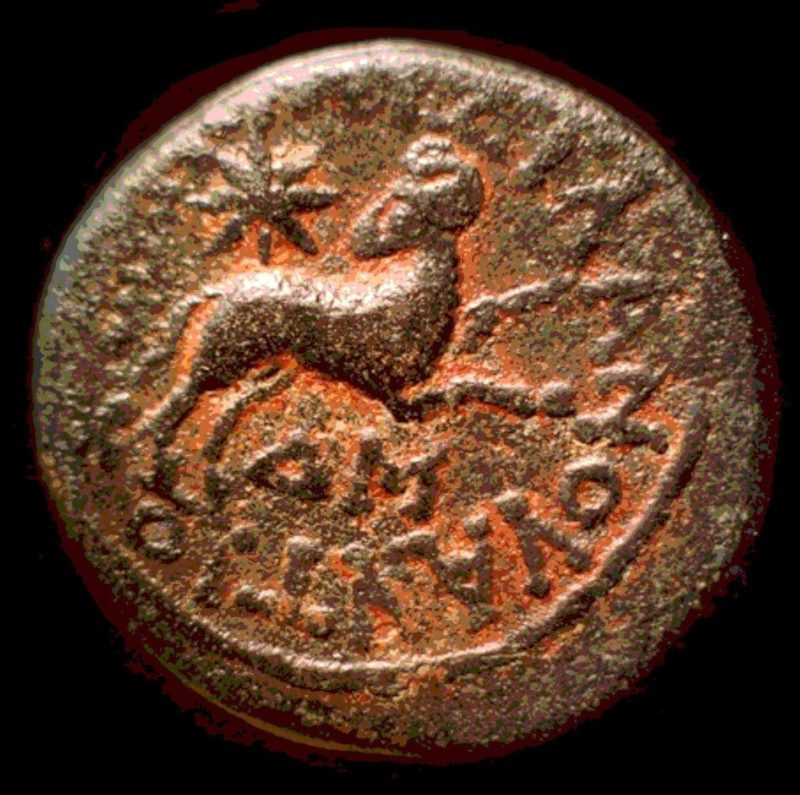One of the most fabled stars in human history, the Star of Bethlehem, is also one of the biggest mysteries. What was the Star of Bethlehem? Meg Jones tells us the story of a Wisconsin man who found one possible answer in his coin collection.
Of all the stars known to humans, one fabled star in particular has grabbed the curiosity and imagination of so many – the Star of Bethlehem. According to the Gospel of Matthew, it’s the star that led the wise men to the baby Jesus, an event known as Epiphany, which is celebrated this week in many churches.
For astronomers and star gazers, the question has always been: what exactly was the Star of Bethlehem?
Michael Molnar, an astronomer who earned his doctorate at the UW-Madison came up with an interesting theory in the late 1990s. He believes the star that attracted the wise men bearing frankincense, gold and myrrh was likely the planet Jupiter appearing in the constellation of Aries the Ram.
Molnar’s quest to unmask the Star of Bethlehem started, oddly enough, when he bought an ancient coin. The coin was minted in Syria soon after the Romans annexed Judea and featured a picture of Zeus on one side and Aries on the other with a star above the ram. Molnar knew that astronomer Claudius Ptolemy had noted that Aries was the symbol of Judea.
The Magi told King Herod that they saw a star rising in the east – a morning star. As Jupiter orbits around the sun, it eventually disappears from view on Earth before re-emerging in the eastern sky. Molnar began to consider that Jupiter might have been the star of Bethlehem.
Jesus’ actual birth date is not known. Biblical historians most often estimate it was sometime between 6 B.C. and 4 B.C. Molnar checked the dates of when Jupiter was in the east and the constellation of Aries was close and referenced them against the years when scholars believe Jesus was born. Only one date popped up – April 17, 6 B.C.
Whether Jupiter eclipsed by the moon is actually the star heralding the birth of Jesus is certainly open to debate. But it’s a fascinating theory.
And one that might never have come to light. That’s because Molnar is lucky to be alive. When he was a Ph.D. student at UW-Madison, his office was on the 6th floor of Sterling Hall. He was working there on the evening of Aug. 23, 1970. Late that night he tried to buy candy from a vending machine but it jammed and took his money. Still hungry, he decided to go home much earlier than normal. Not long after, a van stolen by anti-war protesters exploded outside Sterling Hall, killing a researcher.
Molnar’s office went up in flames and he lost much of his research. Part of his burned dissertation was found blown out of the building days later. Molnar went on to perform pioneering research in magnetic stars…. And to build his coin collection, never realizing the scientific clues his hobby might hold.











